All about rot on peppers
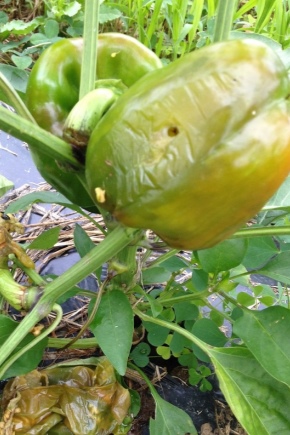
Pepper is a rather capricious and demanding crop that often needs extra care. To get a good harvest, plants at all stages of development must be protected from diseases that can affect them.

How to deal with vertex rot?
One of these diseases is top rot. The development of this disease can be facilitated by:
- lack of calcium in the soil;
- hot weather;
- lack of balanced feeding;
- rare watering of plants or sudden changes in humidity;
- damage to roots during soil cultivation.
Infection of the bushes with this disease is evidenced by dry brown spots on bell peppers, which over time can cover most of the fruit. After that, they stop growing.
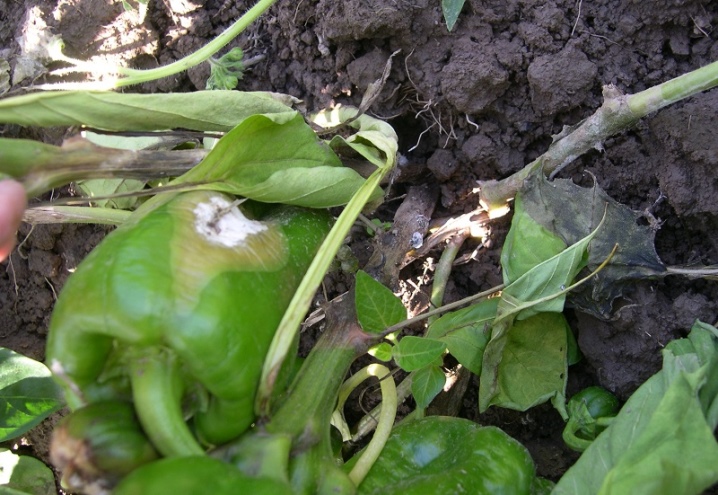
Noticing that top rot has appeared on the beds, you must immediately begin to solve this problem. There are several popular chemicals that can be used in this case.
- Fitosporin. This remedy may well delay the active spread of the disease. In order to achieve the desired result, it is enough to process the peppers with a solution consisting of 10 liters of water and 1.5 tbsp. l. preparation, 1-2 times.
- Calcium nitrate. In a bucket of water, dilute ½ cup of calcium nitrate and use the resulting solution to spray the bushes. To consolidate the result, the procedure must be repeated after 7 days.
- Superphosphate. Most often, this anti-rot agent is used to treat plants in greenhouses. To prepare the solution, you will need to bring 1 liter of water to a boil, then pour 5 tbsp into it. l. drug. Then you need to take 200 milliliters of the mixture, add it to a bucket of water and stir everything well. The finished product should be used for spraying plants. You can treat peppers with this remedy at any stage of the development of the bushes.

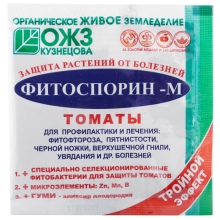
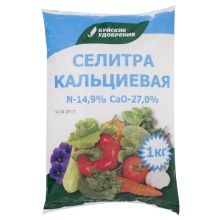
Also, folk remedies are used to combat top rot.
- Bone meal infusion. To prepare it, you will need to pour 50 grams of this product with 1 liter of boiled water. After that, the mixture must be thoroughly stirred and left to infuse for 7 days in a warm place. After this time, the solution must be mixed with 40 liters of water, and then start spraying.
- Milk mixture. To prepare the solution, a liter of milk must be diluted in a bucket of warm water. It must be used at the initial stage of plant development. Spray the peppers with the resulting solution once every 7 days. In order to get rid of the disease, it is enough to carry out 2-3 procedures.
- Chalk solution. It is prepared from 2 tablespoons of chalk and 1 liter of warm water. The solution is used for watering diseased bushes. The use of this product can heal both young plants and adults.
There are several varieties of peppers that are resistant to top rot.
If you choose one of them for planting, then you can forget about the problems associated with this disease.
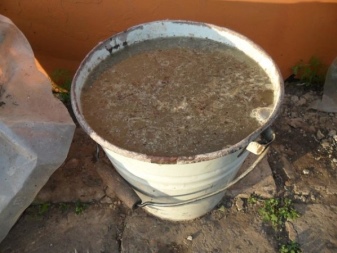
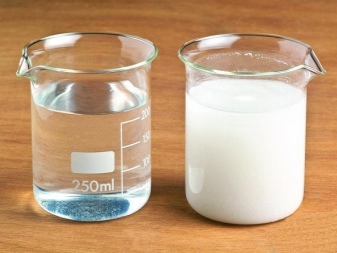
The emergence and treatment of gray rot
Most often, gray rot affects peppers growing in greenhouses. However, during the rainy season, it can also infect bushes growing in open beds. After all, the main reason for the development of the disease is high humidity. The active spread of the disease occurs when the air temperature is above 20 degrees.
The first signs of gray mold are easy to spot. Irregular brown spots appear on plants.Then they become covered with a white-gray bloom, which begins to darken over time.
In the initial stages, you can get rid of gray rot using wood ash. With this product, it is necessary to process the root layer of the earth around the peppers. However, if the plants are more severely affected, consider using fungicides.
You can spray peppers with drugs such as Fundazol or Trichodermin.
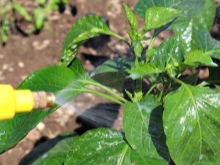

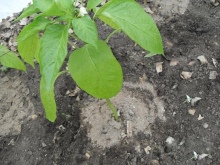
Another rot of peppers
There are other types of rot that can attack peppers.
Bacterial
This disease affects plants in hot, rainy summers. There are several main types of this disease.
- Black bacterial spot affects both seedlings of peppers and adult bushes. Signs of this disease are small black spots on the leaves, which grow over time. After some time, foliage begins to fall off the affected bushes. To protect peppers from this disease, seeds must be disinfected before planting in the ground. Adult bushes can be treated with a drug such as Fitolavin. It is effective and safe for both plants and humans.
- Soft bacterial rot affects plants just as often. It manifests itself in the form of small depressed watery spots on the surface of the peppers, which increase over time. To prevent the appearance of such a disease, it is imperative to pickle seed material, as well as disinfect the soil. For the treatment of adult plants, chemical preparations are used, for example, "Fitosporin".
- Wilt or verticillosis Is another bacterial disease that affects peppers. At the very beginning of the disease, the leaves begin to turn pale. Therefore, gardeners often confuse this symptom with a lack of nitrogen. However, after a while, the leaves begin to change shape, and the fruits become smaller and deformed. After 5-7 days, the plants dry up completely. Unfortunately, this disease cannot be treated. Therefore, when the first signs of the disease appear, the peppers must be immediately burned, and the soil around the bushes must be disinfected.
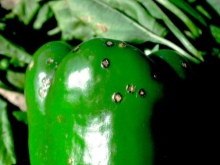
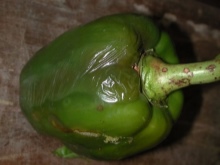
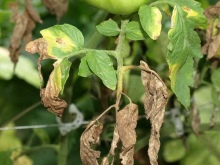
White
This fungal disease is also known as sclerotia. Most often it affects peppers that are grown in greenhouses, because there is always a high temperature and high humidity. In the first days of the disease, a white bloom appears on the trunk of the plant in the root zone. Then it gradually begins to thicken and blacken. Over time, the leaves also become covered with a dense white bloom.
In the event of white rot, all infected parts of the peppers must be removed. The rest of the plants will need to be treated with fungicides that contain copper. These include drugs such as Fundazol or Radomil. Those gardeners who prefer to fight this disease with folk methods can be advised a solution consisting of 1.5 liters of milk whey, 3.5 liters of warm water and half a teaspoon of copper sulfate.

Prophylaxis
In order to face such problems less often, gardeners should adhere to certain rules when growing peppers.
- Plants should be planted in light and nutritious soil. The land around the bushes must be constantly loosened. Weeds near bushes must be removed. It is also necessary to get rid of excess leaves so that they do not take moisture and nutrients from the soil.
- Before planting the peppers, the soil can be limed. To do this, add a tablespoon of dolomite flour or the same amount of chalk to 1 bucket of earth. It is recommended to disinfect seeds before planting. The easiest way to do this is by treating them with a solution of potassium permanganate or growth stimulants.
- It is imperative to observe the temperature regime. In greenhouses, the temperature should not be higher than +22 degrees and below +17 degrees.
- The bushes need to be watered regularly. At the same time, they should not be poured in order to prevent root decay. When it gets colder, the amount of watering should be reduced.
- In order to retain moisture in the soil longer, it must be mulched. You can use straw, rotted sawdust, dry grass, or compost as mulch.
- If the plants are grown in a greenhouse, it is recommended to ventilate the room regularly. This should be done both in the morning and in the evening.
- Peppers should always receive the correct amount of fertilizer to be strong and resistant to all diseases. You can use both root and foliar feeding.

By adhering to these preventive measures and regularly examining the plants, you can save your crop from serious diseases.
You can find out what to do when pepper rot appears in the video below.













The comment was sent successfully.